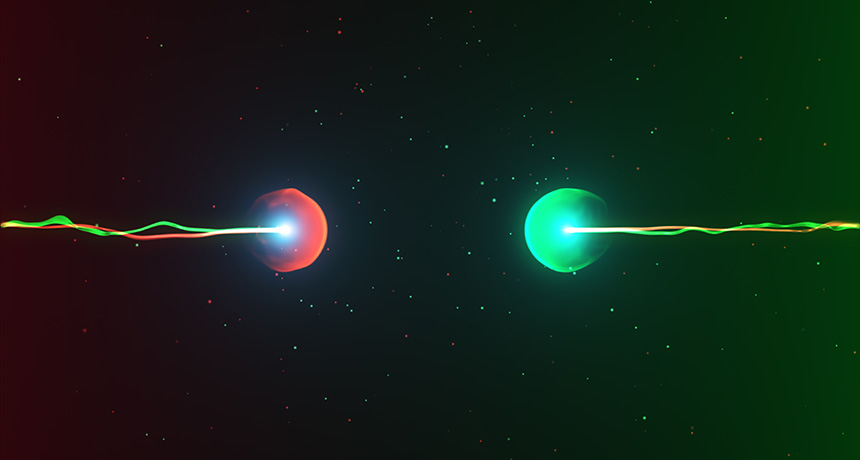Using laser tweezers, chemists nudged two atoms to bond
It’s the first time chemists have manipulated two atoms to create a compound

GETTING TOGETHER For the first time, researchers have picked out two specific atoms and smashed them into each other (as suggested in this artist's conception) to form a single molecule.
FlashMovie/Shutterstock






